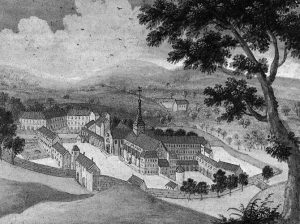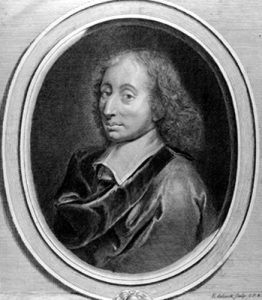A large network of influence
The “official” history of Jansenism in France was somewhat short-lived. It is presented as beginning in 1640 with the translation into French of the book by Cornelius Jansen entitled the Augustinus, and as coming to an end when condemned in 1713 by the Pope Clement XI (the bull Unigenitus). Such a sentence was merely the confirmation of various decisions made by King Louis XIV. The king had been strongly opposed to Jansenist views right from the beginning of his personal rule in 1661.
Nevertheless, the history of Jansenism is lively and rich ; firstly because of its influential protagonists, such as mother Angelique Arnauld (1591-1661), a Protestant war chief’s grand-daughter who reformed the Port-Royal convent, her brothers Antoine (1612-1694) and Robert Arnault (1589-1674), Blaise Pascal (1623-1662), Pierre Nicole (1625-1695), Jean Racine, Antoine Lemaistre de Sacy (to whom we owe a translation of the Bible into French), etc. Must likewise be taken into account those who criticized Jansenism or shared its views, such as Bossuet, the Perrault brothers, the painter Philippe de Champaigne, Mademoiselle de Scudéry, Madame de Sévigné and many others, all well-aware of the issues they raised and of their political consequences (is a human being man a free individual or a mere subject of the king ?).
Some Jansenists remained active throughout the length of the eighteenth century despite conspicuous signs of disapproval and successive condemnations – such as the destruction of the abbey of Port-Royal in Paris and that of Port-Royal-des-Champs, or the closing down of Petites Ecoles. Among them featured Antoine Arouët, Voltaire’s elder brother, (Voltaire himself had not remained indifferent to some of the Jansenist themes) or Father Grégoire, who was known to be in favour of the civil constitution for the clergy in 1791.
Vivid memories were kept of the debates influenced by the main Jansenist centre, the abbey of Port-Royal-des-Champs. Sainte-Beuve (1804-1869) gave a vivid account of them in the numerous volumes of his book Port-Royal.




